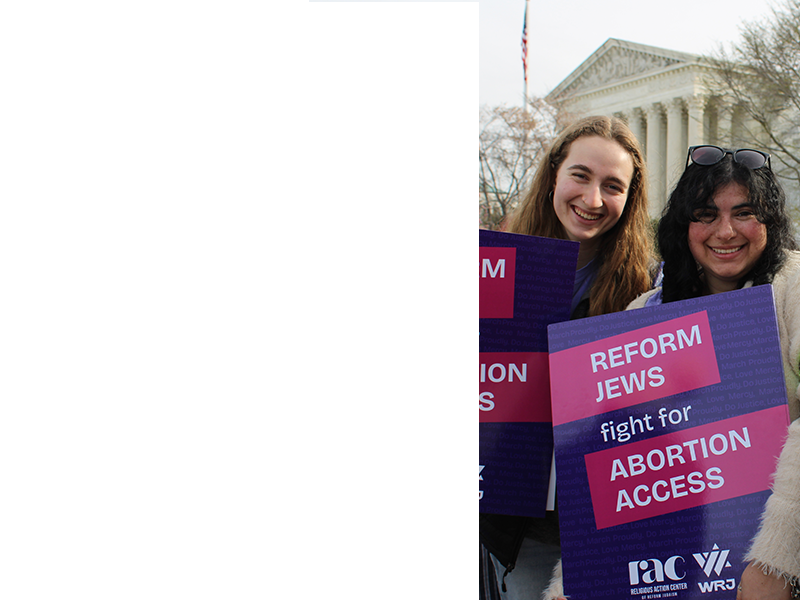Religious Expression
Prior to 1990, religious expression was protected by a law that prohibited government interference with religious activity unless the government had a "compelling state interest" to do so. In 1990, in the Employment Division v. Smith case, the Supreme Court struck down the long-standing "compelling state interest" test. This decision made it legitimate for the government to issue and apply laws even where they infringed on religious practices.
In 1993, as a reaction to theSmithdecision, Congress passed the Religious Freedom Restoration Act (RFRA) to restore the "compelling state interest" standard to government actions. In 1997, the Supreme Court struck back, ruling in Boerne v. Flores that the RFRA was unconstitutional except as applied to federal government actions. The Court ruled that Congress had exceeded its constitutional powers by applying the "compelling state interest" standard to state actions. In opposing this ruling, Rabbi David Saperstein said the Court’s decision in Boerne "will go down in history with Dred Scott and Korematsu, among the worst mistakes this Court has ever made."
Congress tried to remedy the Supreme Court’s decision by taking up the Religious Liberty Protection Act (RLPA), which the RAC staff and other members of the Coalition for the Free Exercise of Religion helped draft. RLPA tried to restore the compelling state interest standard and would have required state governments to take a second look at government actions that substantially burden the religious practices of individuals and institutions to ensure that those actions served a compelling interest (such as health or safety) in a way that places only the most minimal burden on religion.
While RFRA passed Congress unanimously in 1993, RLPA ran into trouble with civil rights groups, eventually causing the Reform Movement to withdraw its support for the legislation. In May 2000, RLPA proponents and opponents came together to work on a compromise bill focused on land use and prisons. In the end, Congress passed and President Clinton signed the "Religious Land Use and Institutionalized Persons Act of 2000" (RLUIPA) with the support of most religious, civil rights, and civil liberties groups. The bill provides critical protection for houses of worship and other religious assemblies from restrictive land use regulations that all too often thwart the practice of faith in our nation. It also ensures that institutionalized persons have the ability to exercise their religion in ways that do not undermine the security, discipline and order of their corrective institutions.
Workplace Religious Freedom Act (WRFA)
The Workplace Religious Freedom Act (WRFA), would amend current federal civil rights statutes to require employers to grant their employees greater accommodations for religious observances, such as taking time off for religious holidays and the wearing of religious garb in the workplace.
Prior to 1977, Title VII of the Civil Rights Act of 1964 was understood as requiring employers to "reasonably accommodate" the religious observances of their employees unless doing so would impose an "undue hardship" upon the employer. In 1977, the U.S. Supreme Court gutted this protection for religious workers by holding that if an accommodation imposed even a de minimis (minimal) expense upon the employer, an accommodation was not required under the law. WRFA seeks to amend Title VII of the Civil Rights Act to reinstate protections for religious workers.
Since 1977, many religious workers have been forced to choose between employer expectations and religious conviction. WRFA strives to be sympathetic to employer's demands while seeking to accommodate religious workers' needs. WRFA only applies to business with 15 or more workers and the bill fully recognizes the rights of employers: religious accommodations are granted so long as they do not impose an "undue hardship" upon the business.
Originally introduced by Senator John Kerry (D-MA) in 2002, the bill has been introduced in nearly each Congress since, but has yet to be passed by both the House and the Senate.

